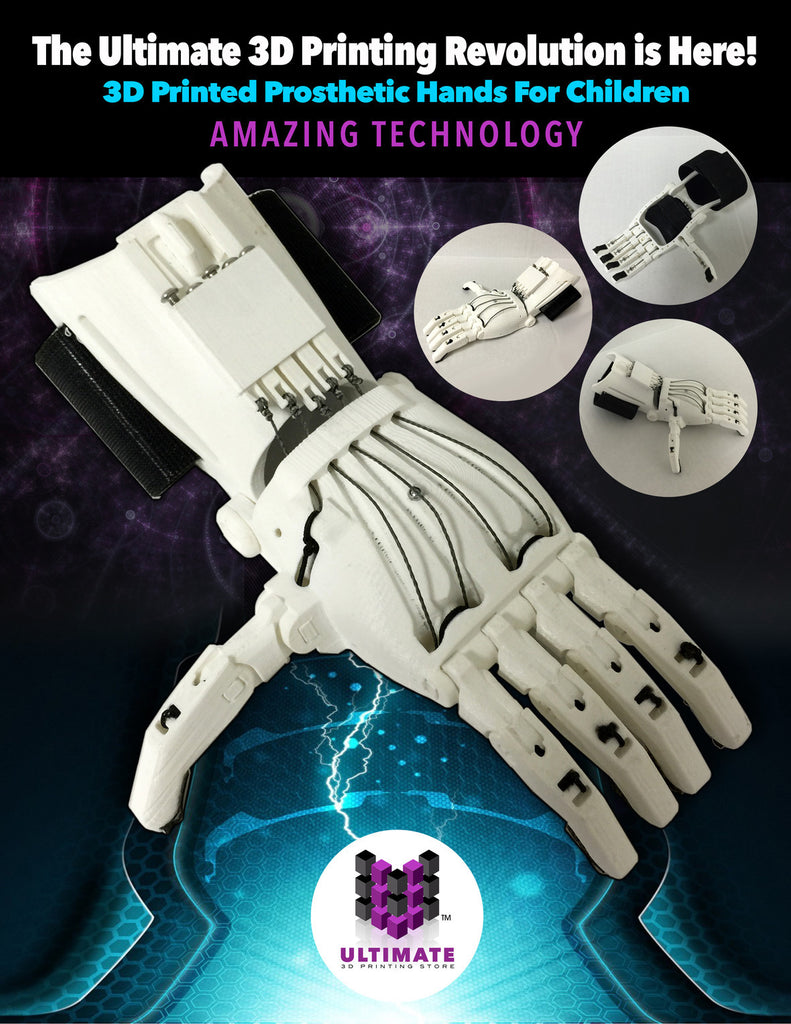Ultimate 3D Printing Guide
What is the best type of 3D printer for a beginner?
FDM, SLA or SLS?
By: Eric Franck
FDM and SLA are the most common entry positions for hobbyists wanting to become makers in the community. It is easy to see why these printers have risen to popularity with affordable materials and the entry cost as low as $300; however, buyer beware these budget printers are considered hobbyist due to the associated maintenance down the road. SLS is a more industrialized, robust form of 3D printing that contains many more complexities than FDM or SLA, with much higher entry and maintenance costs. U3DPS proudly carries the innovative Sinterit line of SLS printers. However the entry level model starts at $12,999.00 with relativly high material cost.
Breaking it down: FDM, SLA, and SLS

Filament based printing is the most common form of consumer level printing. Filament is the thread like material, usually a form of plastic that the printer extrudes. Filament comes in a 1.75mm or 2.85mm gage spool. Filament can come in many materials such as PLA, PETG, ABS, Nylon, Flexible or with various fibers and additives improving appearance or utility. These machines are the most affordable entry into the hobby. The printing process works most commonly using an XYZ Coordinate plane and a gantry containing your hot-end and extruder mechanism which feeds, heats and lays down the material creating the model. There is little post processing after the model is completed, making this one of the easiest forms of 3D printing.
Resin based printing has only recently become more popular and affordable in the consumer market. Companies such as Elegoo, Anycubic and Phrozen have evolved resin printing with improvements in LCD technology. The improvements in LCD and LCD manufacturing produced affordable resin printers at the cost of overall size. Resin printing is categorized into SLA, LCD, and DLP.

SLA printing uses a computer guided laser to construct a slice of the model while LCD and DLP printers cure an entire layer at once. LCD and DLP are much faster since they target the entire slice rather than a point on it. Most resin printers in today’s market utilize LCD printing, which simply means there is a powerful UV light beneath a black and white only LCD panel allowing light to go only where it’s needed to make the model. The vat which holds your resin is stationary and the build plate moves up and down depending on the progress of the model. The model is upside down while printing. When the model is completed, you take it off the build plate and begin the post processing. When postprocessing you should clean the model with isopropyl alcohol and us a UV light to further cure the model for safe handling. Resin is very toxic when in its uncured form, but completely safe to touch when fully cured. Resin printing is more complicated than FDM printing but has much more detail in comparison.

Powder based 3D printing is still predominately industrial. It is rare you see SLS technology outside of industrial manufacturing or large businesses. SLS, is a printing process involving the repeated fusion of powdered materials catalyzed by laser. This printing process results in excess powder occupying the build area and supporting the model. The excess powder supporting the model allows for geometry that would otherwise fail without support structures. While the parts that come off the machine are of industrial quality, there are drawbacks to SLS printing aside from cost alone. There is an extended lead-time in production due to the cooldown process necessary for safe handling. SLS prints also have a grainy surface finish, not ideal for display items. Overall, this technology is not affordable or practical for home use unlike SLA or FDM. SLS printers are much more expensive, produce models with minimal flaws and are generally reserved for industrial use.

FDM and SLA are the most common technologies for a reason, they are affordable and easy to use for nearly anyone. The maker communities offer outstanding support and models for you to make and enjoy! You can find information on all 3D printing technologies on our website and contact us for help finding the machine that best suits your needs.


